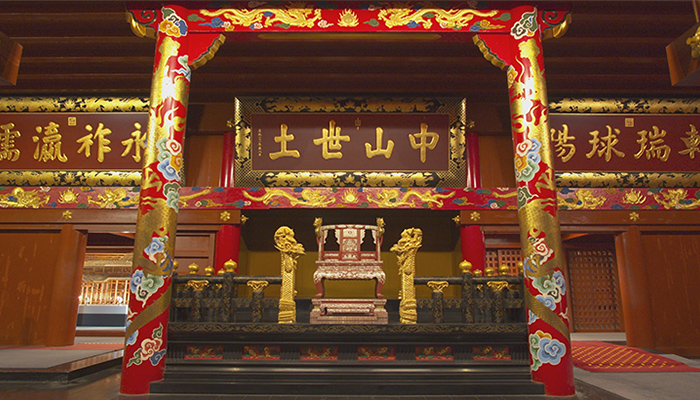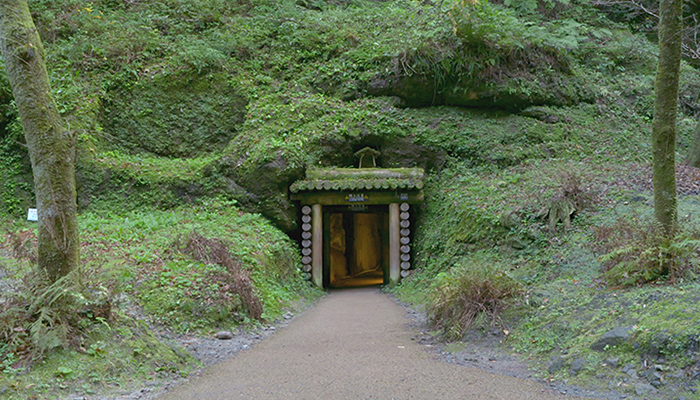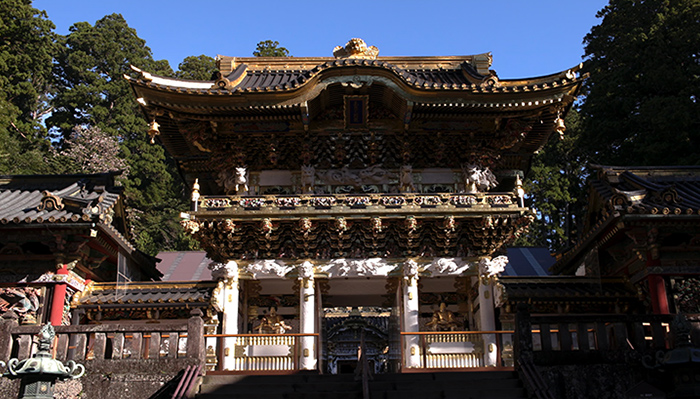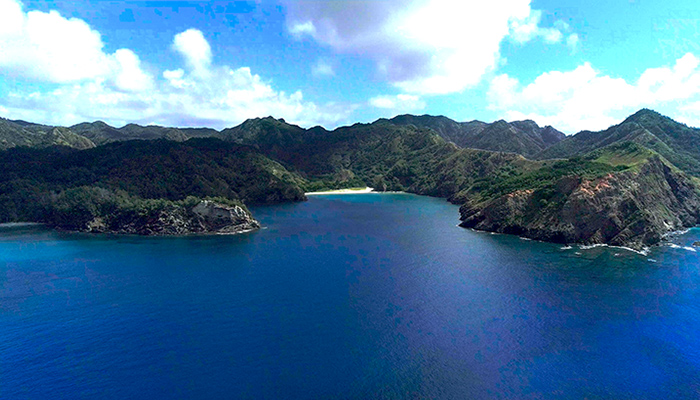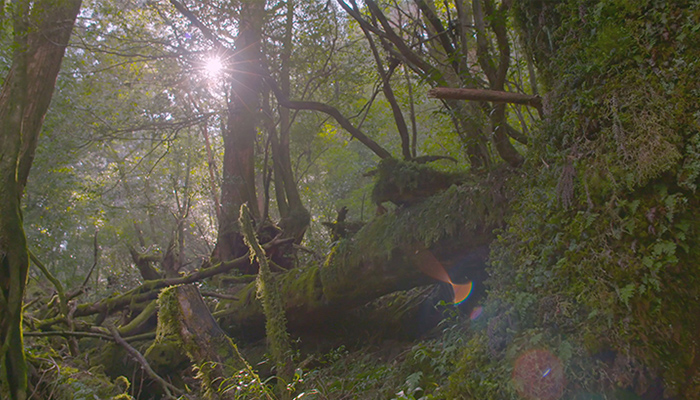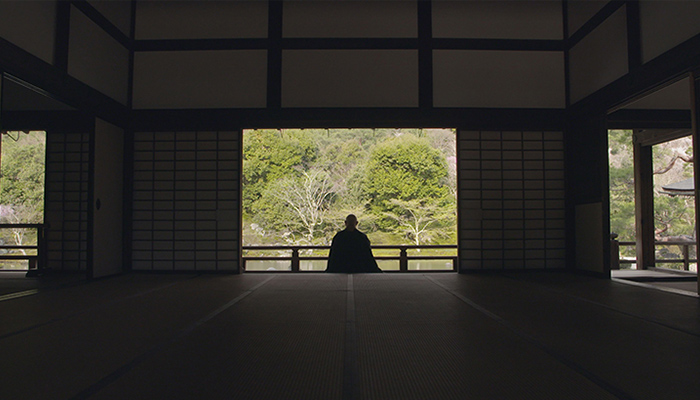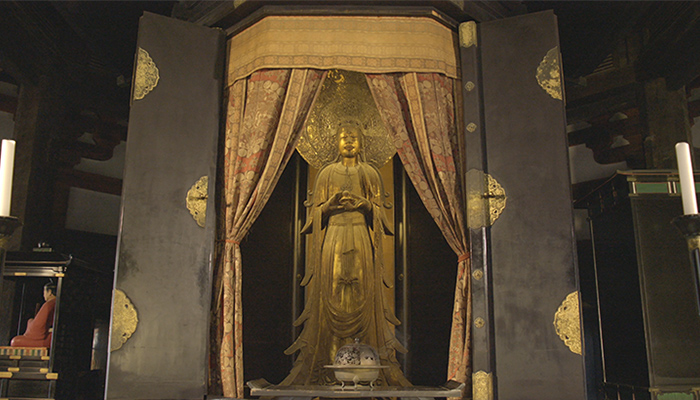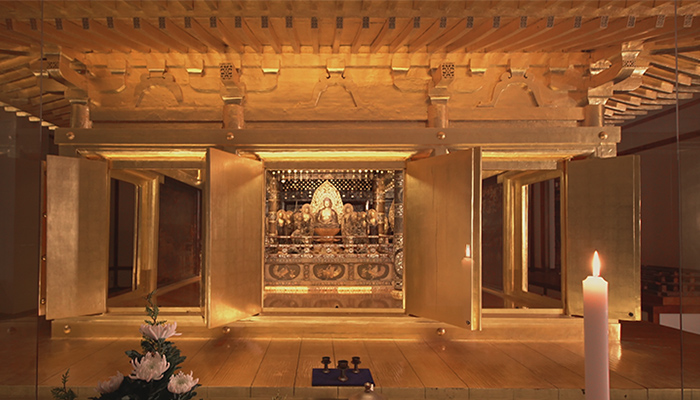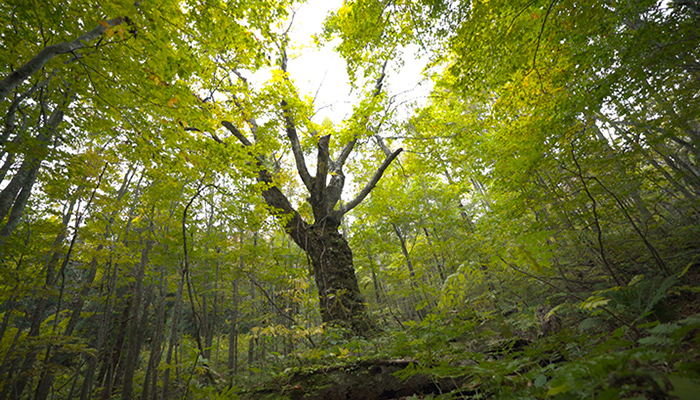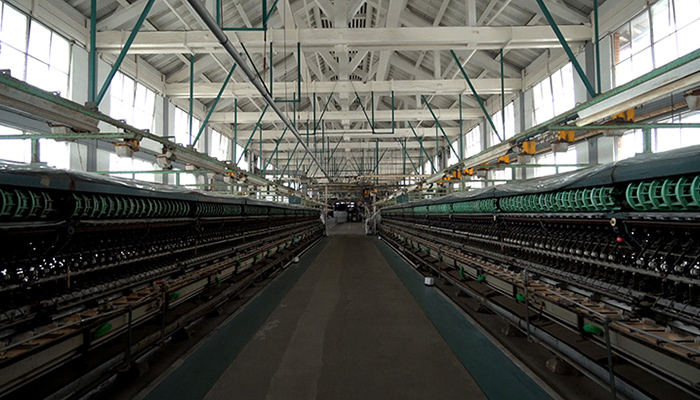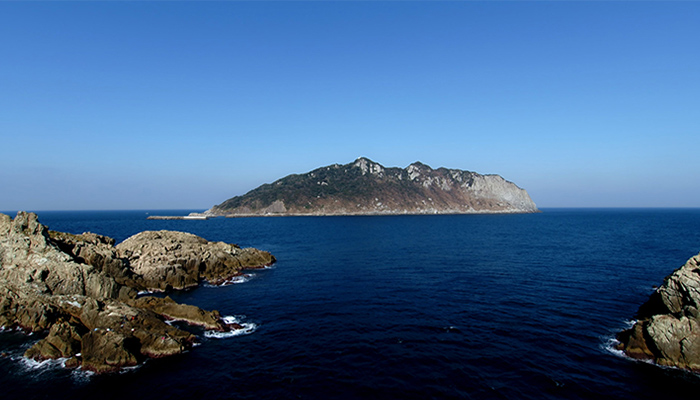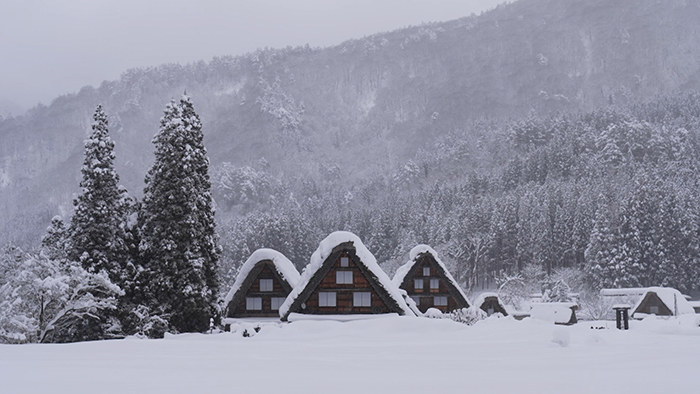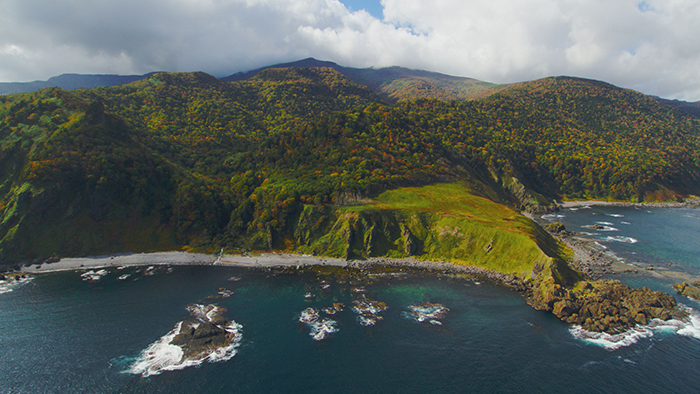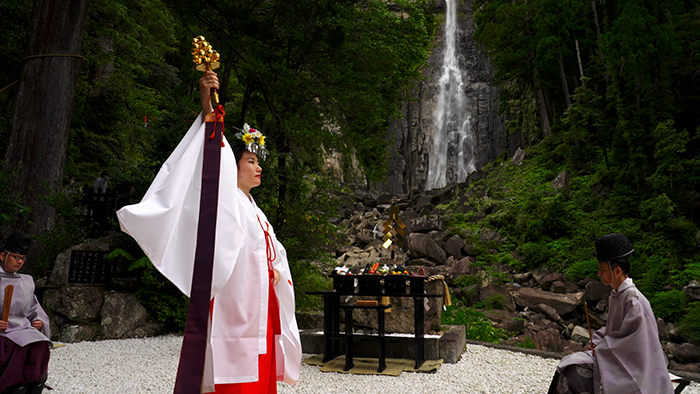- Home
- Program Catalog
- Documentary
- Art, Culture & Sports
- The World Heritage Sites in Japan
NEWThe World Heritage Sites in Japan日本の世界遺産
- 14 x 15 min.
- EDC1S023-001-014
- English, M/E (Eps.1-14),
Spanish, French, Arabic (Eps.1-11), HD
©NHK Foundation
From natural landscapes to historic architecture representing centuries of cultural development, Japan’s World Heritage sites offer a wide range of glimpses into history and the beauty of nature.
1. The Maritime Kingdom of Prayers: Gusuku Sites and Related Properties of the Kingdom of Ryukyu / 祈りの海洋王国:琉球王国のグスク及び関連遺産群
Until the islands of Okinawa became part of Japan, they were home to the Kingdom of Ryukyu. The kingdom fostered trade among its neighboring nations and left behind a unique architectural and spiritual tradition that remains a part of daily life for many island residents.
2. Silver Rush Dreams: Iwami Ginzan Silver Mine and Its Cultural Landscape / シルバーラッシュ 夢の跡:石見銀山遺跡とその文化的景観
The miners of Iwami Ginzan worked in cramped darkness, risking their lives for fortune and glory. The area once produced vast quantities of silver yet had little impact on the beauty of the surrounding mountains.
3. The Sacred Shogun: Shrines and Temples of Nikko / 将軍が眠る祈りの山:日光の社寺
In the 16th century, Tokugawa Ieyasu united the warring states of Japan under an umbrella of peace that lasted for 250 years. His remains are interred among the historic shrines and temples of Nikko, still a focus of religion and spirit for the Japanese.
4. A Miraculous Paradise of Life: The Ogasawara Islands / 奇跡紡いだ生き物の楽園:小笠原諸島
Isolated at a remote location in the Pacific Ocean, the Ogasawara Islands are home to unique species of both flora and fauna. Their interconnected cycle of life is supported by efforts to control invasive species that threaten their delicate balance.
5. Island of Eternal Forest: Yakushima / 悠久の時を生きる森:屋久島
The lush forest of Yakushima island is home to yakusugi, a unique species of cedar tree. Some yakusugi are thousands of years old. Once threatened by deforestation due to logging, the yakusugi have been preserved by local residents for the enjoyment of present and future generations.
6. One Thousand Springs in the Capital: Historic Monuments of Ancient Kyoto / 千度の春を生きる都:古都京都の文化財
Over it’s 1000 year history, Kyoto has seen the blossoming of an elaborate culture that combined the finest arts and crafts. We trace the history of Japan’s national identity by exploring the Buddhist temples that represent it and enjoy the fleeting beauty of spring cherry blossoms.
7. A Spirit of Harmony: Buddhist Monuments in the Horyu-ji Area / 受け継がれる和の心:法隆寺地域の仏教建造物
Founded in the 7th century, Horyu-ji Temple in the Nara region is home to one of the oldest wooden structures in the world. Under imperial rule, Horyu-ji was established to spread Buddhism, which had just been introduced to Japan from China. We look at the Japanese social concept of wa or harmony and the survival of these building over the centuries.
8. The Glory of the Buddhist Pure Land: Hiraizumi – Temples, Gardens and Archaeological Sites Representing the Buddhist Pure Land / 浄土の輝き 夢の跡:平泉
Once known as Michinoooku or ‘the back country’, the town of Hiraizumi in the Tohoku region was founded in the 12th century. Its temples were built over three generations by the Fujiwara clan in an attempt to recreate the Buddhist Pure Land, an ideal world free of defilement and suffering, exemplified by the Golden Hall at Chuson-ji Temple.
9. The Fabric of Life in a Forest: Shirakami-Sanchi / 命紡ぐ 恵みの森:白神山地
Shirakami-Sanchi or Shirakami Mountain Range is situated at the northern end of Honshu and home to one of the world’s largest beech forests. This 8000 year old pristine landscape is nearly untouched by modern development. Its rich ecosystem is home to a myriad of plant and animal species as well as a group of hunter-gatherers who coexist with the nature.
10. A Sericulture Revolution That Changed the World: Tomioka Silk Mill and Related Sites / 世界を変えた“蚕業”革命:富岡製糸場と絹産業遺産群
In the 19th century, when Japan emerged as a modern nation, the world’s most advanced spinning technology brought raw silk into mass production. By 1909, Japan became the world’s largest exporter of raw silk used in products worldwide. Now defunct, the property offers a glimpse of the development of modern Japan.
11. Ancient Worship Transcending Time: The Sacred Island of Okinoshima and Associated Sites in the Munakata Region / 古代の祈り 今に:「神宿る島」宗像・沖ノ島と関連遺産群
Remote Okinoshima is the “island where the deities dwell” where Shinto beliefs originated. It is the spiritual home to the Japanese people. Restricted public access to the island means that valuable artifacts offered to the deities have been preserved almost intact. Ancient Japanese believed deities resided in the island’s huge rocks; many of those beliefs survive among the locals to this day.
12. Triangular Roofs Bring People Together: Historic Villages of Shirakawa-go and Gokayama / 豪雪の里 絆を結ぶ三角屋根: 白川郷・五箇山の合掌造り集落
Shirakawa-go in Gifu Prefecture is one of Japan’s snowiest regions. It’s Famous for its traditional thatched-roof Gassho-style homes. The triangular roofs distribute the weight of heavy snow evenly, and the steep slopes allow residents to remove snow with little effort. Hearth fires provide heat that dries out thatch and soot that blackens pillars and beams. These homes have lasted for so long because they are still inhabited. The cooperative bond between residents is a key part of life here and is essential when rethatching these homes.
13. Interwined Lives on Sea and Shore: Shiretoko,Hokkaido / 山と海 めぐる命: 知床
The Shiretoko Peninsula, located in eastern Hokkaido, juts into the Sea of Okhotsk. Its center is lined by 1,500-meter peaks. The heavily forested area is home to a diverse group of animals, including the Blakiston’s fish owl, which is at imminent risk of extinction. Shiretoko’s waters are home to creatures who feed off the bounty of floating pack ice. Explore an extraordinary ecosystem which connects the rich environments of both land and sea.
14. Forest Pilgrimages: Sacred Sites and Pilgrimage Routes in the Kii Mountain Range / 森の聖地巡礼: 紀伊山地の霊場と参詣道
The Kii Mountain Range is made up of a series of soaring, thousand-meter peaks. This area is home to three deeply spiritual locations, including Kumano, home of nature worship; Yoshino and Omine, a training ground; and Mt. Koya, a foundational site for Japanese Buddhism. Although formed in different eras, and for different beliefs, a 300 km pilgrims’ path connects all three locations. This verdant and spiritual route is still followed by visitors today.

